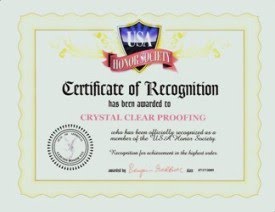Joint and separate possessions can be confusing. There is, however, an easy way to differentiate between the two, ensuring that the dreaded apostrophe is put in the right place!
Here are sentences giving examples of both:
Joint Possession
"Sally and Amy's blogs."
(The blogs of Sally and Amy. Sally and Amy wrote more than one blog together).
Separate Possession
"Sally's and Amy's blogs."
(The blogs of Sally and the blogs of Amy. Sally and Amy each wrote more than one blog).
General consensus is that in joint possession, only the last possessor has inflection. So, in the first example, since Sally and Amy both wrote the blogs, the word that shows possession is the last - in this case, Amy.
If nouns possess something jointly (the blogs were written by both Sally and Amy), add the apostrophe and "s" showing possession to the last noun, (they are Sally and Amy's blogs).
If nouns possess something separately (the blogs Sally wrote, and the blogs Amy wrote), add the apostrophe and "s" to both nouns, (Sally's and Amy's blogs).
The "secret" is just to ask yourself, "Whose blogs are they?" If the answer is that they are the blogs of both of them (they each wrote the blogs), you have joint possession. If the blogs are Sally's and the other blogs are Amy's - separate possession.
Subscribe to:
Post Comments (Atom)

































































I get it!
ReplyDeleteAlthough it makes me think of "She sells sea shells by the sea shore..."
L. Diane Wolfe “Spunk On A Stick”
www.circleoffriendsbooks.blogspot.com
www.spunkonastick.net
www.thecircleoffriends.net
now i remember it!
ReplyDeletethank you so much!
i had a hard time finding what joint and seperate possession means!
whew! i thought i will never find it!
once again, thank you! :]